The organ can be stored on the way to the patient for more than six hours
Scientists from MIPT managed to extend the life of a donor heart for more than six hours (!) due to a new storage system during transportation. The new system is a unique box for transporting donor hearts intended for transplantation. In Russia, this is the first system in which the organ is transported at body temperature – about 37 degrees.
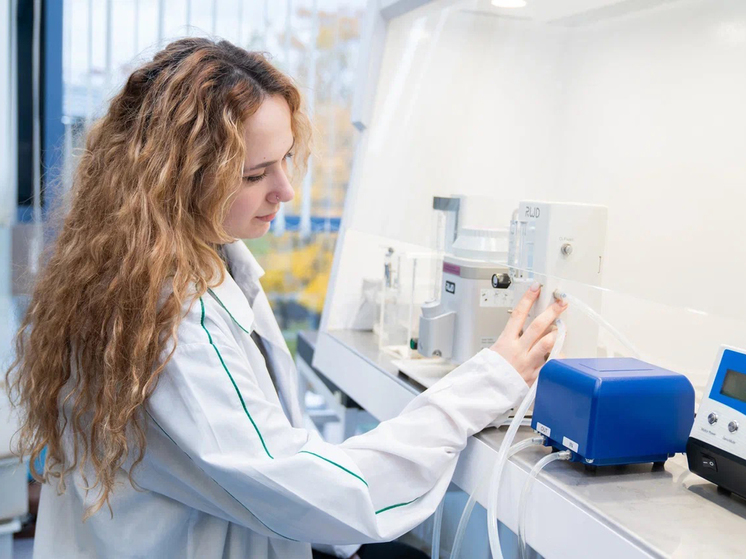 Photo courtesy of MIPT
Photo courtesy of MIPT
– Tell us how donor hearts were preserved in Russia before your invention? – I ask a question to one of the system developers, MIPT engineer Andrei Berezhny.
– They were transported mainly on ice, at temperatures close to zero (Celsius) in order to reduce metabolism and thus prolong the life of the organ. With this technology, it is possible to preserve the organ for a maximum of 4-5 hours, more — rarely. We, in collaboration with our partners, have developed a new technical device for transportation, which involves preserving the organ at body temperature — 37 degrees.
We use a special liquid that is driven through the vessels and stops heart contractions for a while, which saves the energy of the organ.
– Are there similar devices abroad?
— Yes, they are fundamentally similar to ours, but they preserve the heart with the help of other fluids and under other conditions — temperature, humidity, perfusion (speed of liquid being distilled). For example, they can use both liquid and ice for cooling. Ice preserves the heart for a much shorter time than using liquid.
– Describe what the process of preserving the heart during transportation looks like.
– The organ is located in a special box, where not only the temperature of the liquid itself being distilled through the vessels, but also the temperature of the heart itself is maintained at all times. In addition, the humidity level is maintained so that the heart does not dry out, the condition of the fluid is constantly assessed, that is, its tests are constantly taken to determine how much lactate, sugar, etc. it contains.
Yes more technology assessing the condition of the donor heart, which allows you to non-invasively (that is, without damaging the organ) assess how much it was damaged during transportation and how it “feels”; at any given time. We do this using a video camera and a system of light sources. No one in the world has such technology.




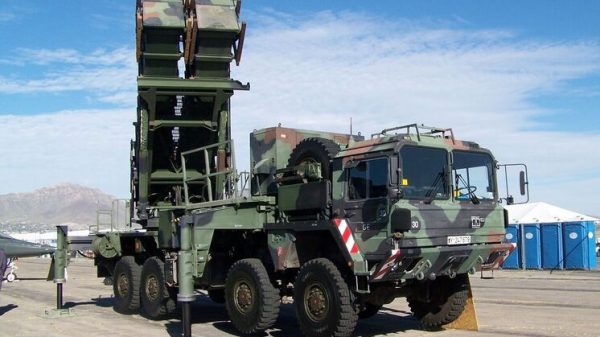



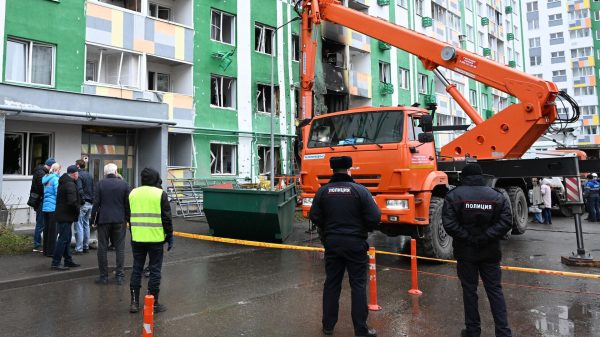






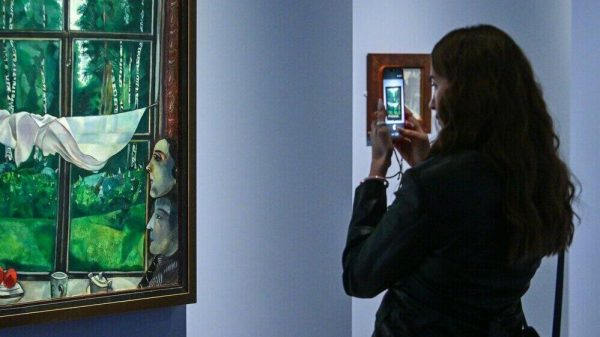

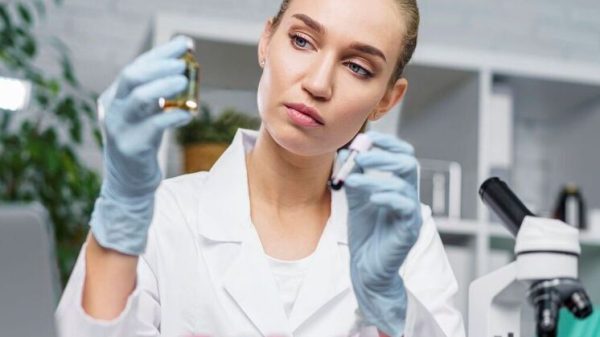



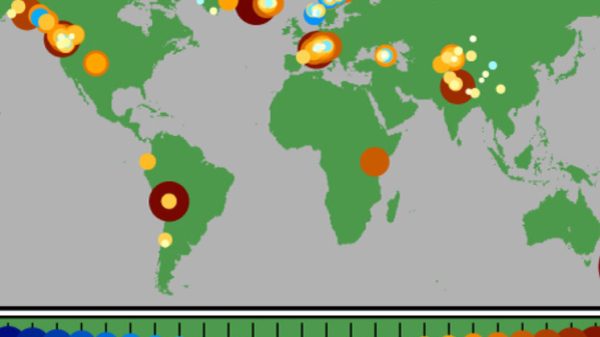






























Свежие комментарии